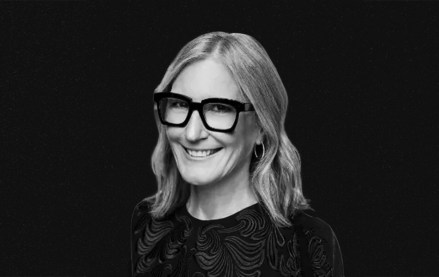Nine passes left to attend the Digiday Publishing Summit
‘They get a lot of PR value’: Agencies say YouTube ‘crisis’ is about negotiations and saving face

There is a lot of showmanship surrounding YouTube’s recent ad “scandal” since brands want to take power back from Google and agencies want to show their brands that they take brand safety seriously.
Brands including Verizon and AT&T have taken YouTube to task for running ads against racist videos, and some advertisers have had the audacity to demand discounts even though industry insiders have been well aware for several years that the possibility of appearing on extreme content on YouTube is part of the bargain of its cheap reach. But underneath the facade of moral outrage, agencies recognize that creating a ruckus can be good for PR and negotiating leverage.
“A brand like Verizon or AT&T cannot be involved in scandal,” an anonymous ad buyer said in reference to the data deregulation and potential merger that have made these companies newsy lately. “Pulling out enables them to make a headline about how they are completely clean and they got out first. They get a lot of PR value about being good guys on this, but they will probably go back in a few weeks. and it doesn’t affect them at all. If AT&T was my client, I may want to do this, too.”
Multiple ad buyers said that one of their biggest gripes with YouTube is its lack of third-party measurements, which is a common criticism that marketers make of platforms. Brand “boycotts” can be effective: YouTube is now allowing more third-party tags on their platforms.
“We have been calling for [third-party measurements] for a long time, and I think this was the final push to make that successful,” said Charlie Fiordalis, chief digital officer at Media Storm. Details on these partnerships have been scant, Google declined interview requests and DoubleVerify, one of the new vendors YouTube is using, said it hasn’t received any additional details about the partnerships.
The recent controversy can also be used to pressure Google to provide more data access to advertisers. Jon Meunier, associate media director at Fuse Ideas, said the data that agencies get from Google isn’t thorough in showing how many times an ad was shown to a particular user or how users interacted with an ad. Because the amount of vendor tags that advertisers can run on YouTube is limited, it’s also difficult for buyers to control whitelists and blacklists they apply to YouTube.
YouTube may be the focus of this controversy, but it lends itself to critiques of the larger Google behemoth. “I could see many large agencies using this as a negotiating lever,” said Rob Griffin, chief innovation officer at Almighty.
Price is part of any advertising negotiation, and advertisers may try to use brand-safety scares to strong-arm better rates. But as long as there are many other willing buyers, it’s unlikely that tactic will make a big change.
Griffin said that the Google Display Network, which YouTube is a part of, is “full of shit” like spoofed domains and websites that constantly redirect users. But he allowed that advertisers are also part of the problem when brand ads appear on videos that support terrorism. After all, marketers (and their procurement departments) have relentlessly pushed for cheaper services from agencies and cheaper ad rates.
Said Griffin: “Years of the industry chasing the cheapest CPMs have put us in this mess.”
More in Marketing

‘Consumers are dying to get out of their houses’: How Cinemark’s CMO is getting people back to the movies
A look at how consumer demand looks in the movie industry and what other retailers can learn from Cinemark’s loyalty and membership programs.

Platform and agency execs recommended must-reads to unwind during busy periods
Senior execs from the likes of TikTok, Snap, OMD USA, Publicis London and more let us in on their favorite page-turners to unwind.

In Graphic Detail: AI adoption increases, but U.S. consumers are still wary
Digiday has charted the rise of generative AI, big tech’s investment into AI as well as agencies’ top use cases and consumer sentiment.







